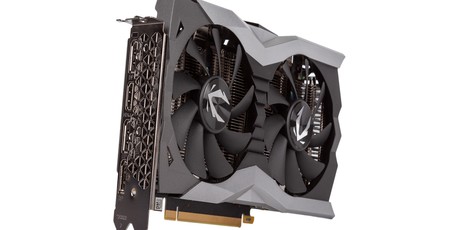
Performance Analysis
Interestingly, despite having a lower boost clock, a smaller cooler (affecting thermal headroom), and a lower power limit (affecting power headroom), the boost behaviour of this card was very similar to that of Palit, and both were tested in the same environment with very similar ambient temperatures. Where Palit was boosting to 1,920MHz consistently, this Zotac card fluctuated between that speed and 1,935MHz, thus actually giving it a marginal edge. Of course, in games this is meaningless, and the results confirm this, as they are the same or within margin on virtually every test, and there is no meaningful performance difference between them.
Again, then, this is a card that will prove itself well suited to a high refresh rate 1080p screen and which is more than capable at 1440p. Our RTX 2060 Founders Edition benchmarks tell us that RTX 2060 isn’t quite a true 4K card, hence it being excluded from that resolution here. It can run 4K in some titles, but others prove too much for it, and this will only become more commonplace as more demanding games place added stress on the relatively limited 192-bit memory bus and 6GB frame buffer.
Overclocked RTX 2060s at the £350 mark like this one also come off pretty favourably against other Nvidia cards on the market thanks to a huge performance gap over the GTX 1060 as well as added features, and performance that is close to the RTX 2070 with a price that undercuts it significantly.

Next to AMD’s Vega 56 and Vega 64 cards, Zotac’s unit here also looks pretty good, outperforming the cheaper Vega 56 by around 11 percent and nipping very close at the heels of the Vega 64 while having performance that is on average right next to it. Larger differences do emerge between RTX and Vega cards depending on the game in question, but with AMD having way less power efficiency, no ray tracing or AI cores, and no longer enjoying the same advantage where FreeSync is concerned, Nvidia’s GPU tends to offer a better balance of everything even in instances where AMD’s architecture lends it a helping hand in specific games.
Our RTX 2060 Founders Edition card is with our in-house modder for a cool project, so we haven’t got updated temperature and power figures for it, but even so we can see that the 170W TDP reveals itself, with Zotac’s card giving us a system power consumption of 20W under the 190W Palit card, making it the more power efficient given the performance parity. Likewise, power consumption is comfortably below the Vega 56, a card which it outperforms. A 550W PSU will be easily suitable for this GPU.
Unfortunately, the excessively small size does mean that Zotac’s card is both hotter and louder than Palit’s, even with the TDP being lower, which makes the card less demanding from a cooling perspective. Temperature wise, it’s much or a muchness; the card isn’t majorly thermally limited when boosting, and the 5°C difference in delta T under load is of little concern. However, the noise is certainly more noticeable, with the fans on Zotac’s unit spinning up to around 2,150 RPM or so. Thankfully, their relatively large size means they’re not whiny, but you will probably hear the whooshing a little bit when things get strenuous. When idle, the card’s fans hover around 1,250 RPM, which sounds high but is easily drowned out by even quiet system fans – of course, we’d still prefer them to switch off in this state.
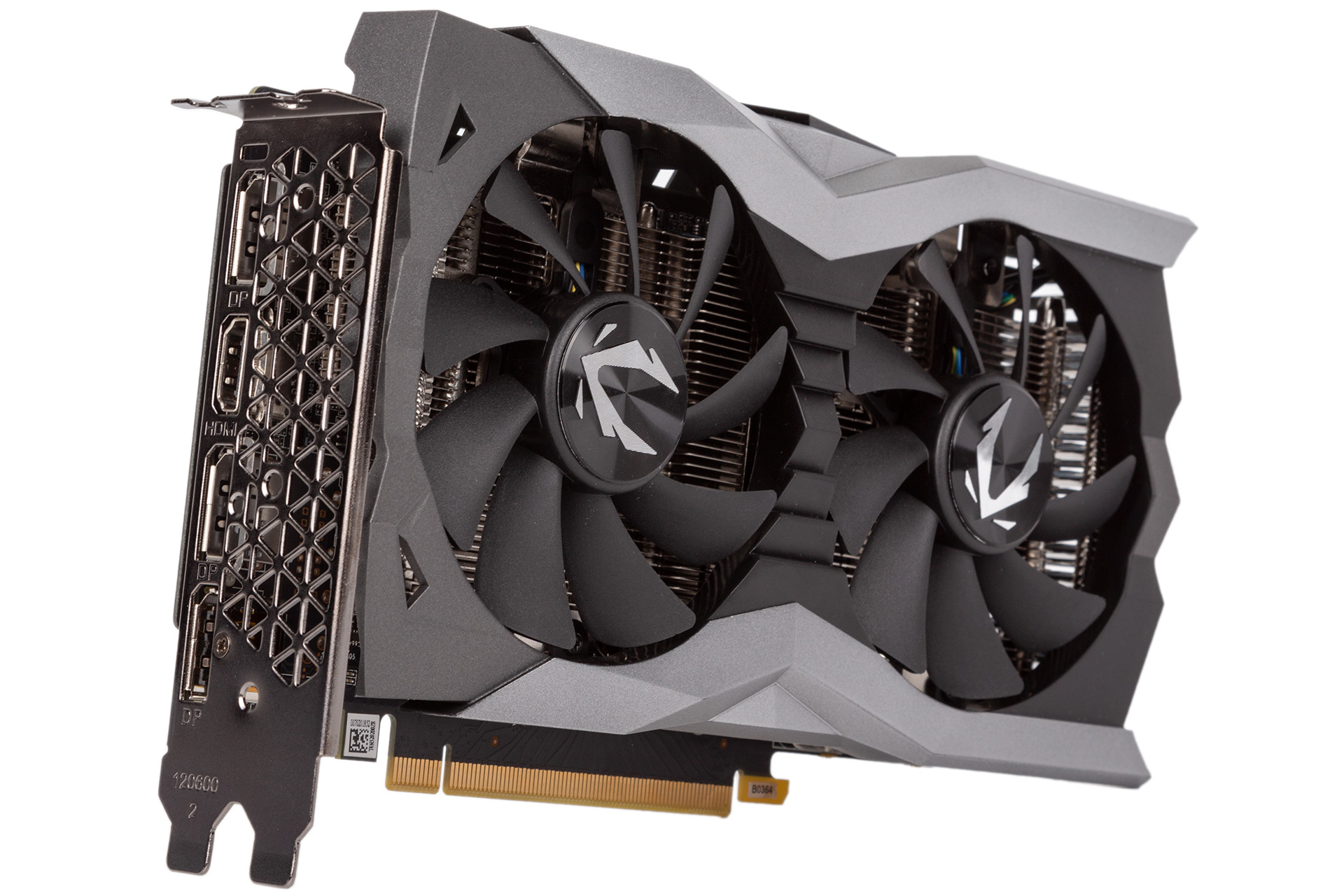
170W is probably all that this cooler can handle without going into overdrive, which is probably why there’s no ability to up the power limit. This means that whatever overclock you achieve you’re unlikely to see an increase in power, heat, or noise – we certainly didn’t. However, our gains were limited to about five percent, whereas cards from Palit and Asus where you can up that power limit can get within touching distance of stock RTX 2070 performance.
Conclusion
This cooler is the only one that Zotac currently offers for the RTX 2060, which seems somewhat self-restrictive. Yes, the card is going to fit in nearly every system out there, but why not also offer a more standard size dual-slot cooler like it does with the RTX 2070? After all, RTX 2070 uses the same TU106 GPU as RTX 2060 just with a different configuration, so it would literally be a straight swap job. In fairness, this card design does have some benefits that competing cards don’t such as the metal backplate, but since the pursuit of being tiny here comes at the cost of thermals, noise output, and overclockability, other cards look stronger overall.
While this card's size credentials will be a bonus for some, most cases can house substantially larger cards, and Palit has shown that you don’t need to go massive to stay quiet and offer great overclocking headroom with the RTX 2060. As such, that’s the sort of card we’d recommend for the majority, and we’d like to see Zotac explore other possibilities with this GPU.
Nevertheless, if you’re dying to cram RTX hardware into a mini PC for as little money as possible, there aren’t any major flaws with this card that would stop us from recommending it – the factory overclock is decent, the inclusion of a backplate is great, the build quality and warranty terms are solid, and noise output isn’t so loud so as to make it offputting like it is with the AMD Radeon VII. The caveat is that you'd do well to consider alternatives if noise and overclocking potential are key factors in your next GPU purchase.


MSI MPG Velox 100R Chassis Review
October 14 2021 | 15:04

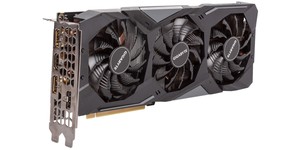
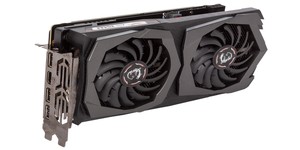
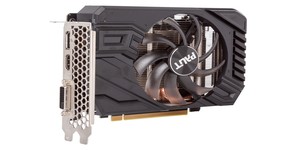




Want to comment? Please log in.